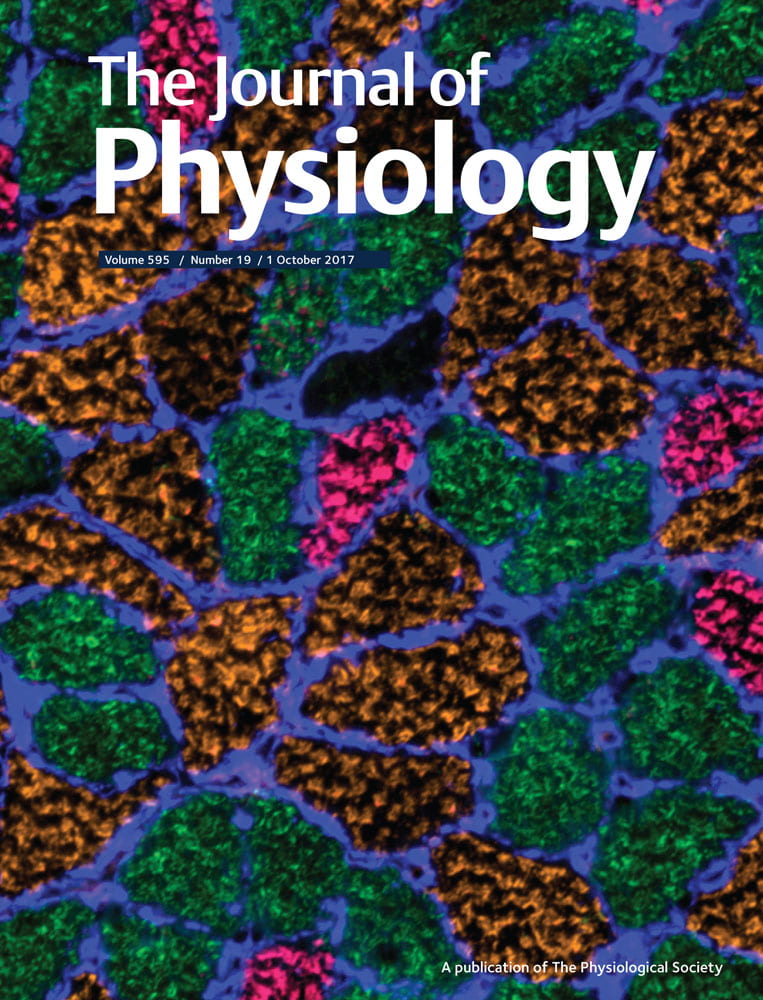Journal covers, featured images, BioArt, etc.
Cover image for Special Issue in The Journal of Physiology edited by Paul Greenhaff, PhD, Martino Franchi, PhD, and Kevin Murach, PhD:
Greenhaff PL, Franchi MV, Murach KA. Cardiac, skeletal muscle and neuromuscular plasticity in disuse and inactivity. J Physiol. 2025 Jul;603(13):3637-3640. doi: 10.1113/JP288890. Epub 2025 Jul 20. PubMed PMID: 40684426.

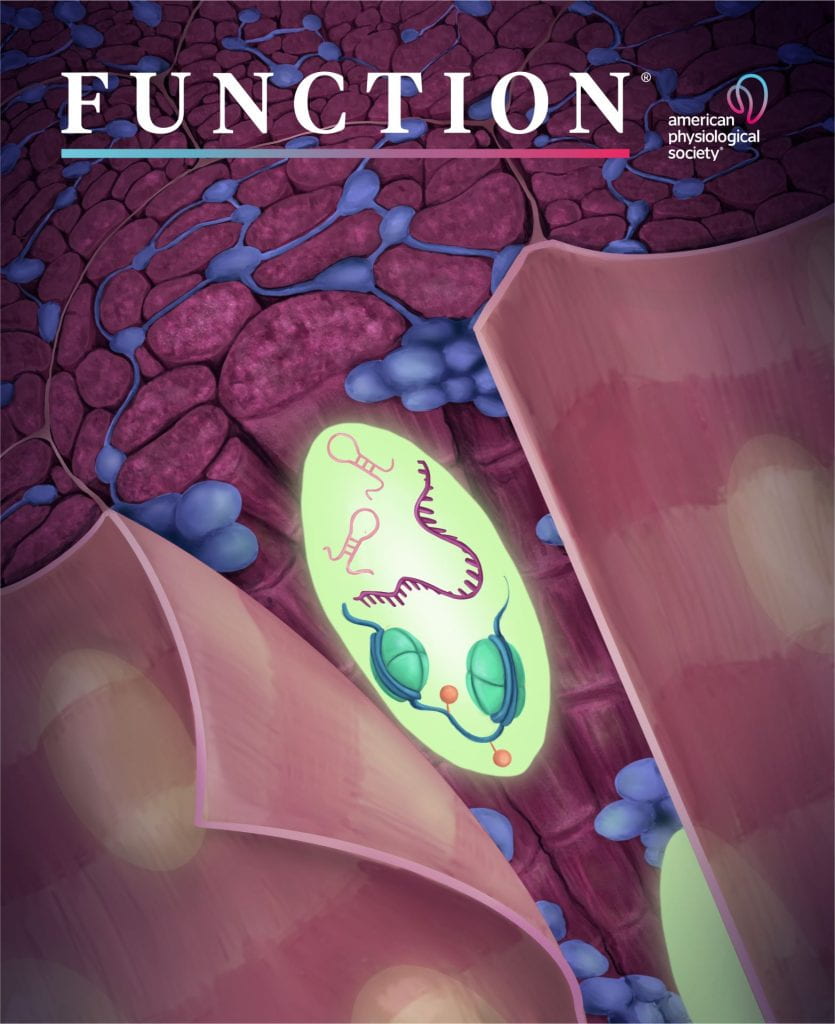
Cover image for: Ismaeel A, Thomas NT, McCashland M, Vechetti IJ, Edman S, Lanner JT, Figueiredo VC, Fry CS, McCarthy JJ, Wen Y, Murach KA, von Walden F. Coordinated Regulation of Myonuclear DNA Methylation, mRNA, and miRNA Levels Associates With the Metabolic Response to Rapid Synergist Ablation-Induced Skeletal Muscle Hypertrophy in Female Mice. Function (Oxf). 2024;5(1):zqad062. doi: 10.1093/function/zqad062. eCollection 2024. PubMed PMID: 38020067; PubMed Central PMCID: PMC10666992.
Cover Art by Emma Vidal at DrawImpacts.com
Cover image for: Bagley JR, Denes LT, McCarthy JJ, Wang ET, Murach KA. The myonuclear domain in adult skeletal muscle fibres: past, present and future. J Physiol. 2023 Feb;601(4):723-741. doi: 10.1113/JP283658. Epub 2023 Jan 30. Review. PubMed PMID: 36629254; PubMed Central PMCID: PMC9931674.
“This abstract-style cover art by Lindsey J.P. Crook is called “Spheres of Influence”. It is an interpretation of how muscle fibre nuclei (myonuclei, colored blue) in multinuclear muscle fibres (vertical red strips between pink borders) control defined areas (circles and semi-circles around myonuclei) called the “myonuclear domain”, the size of which can vary according to various factors such as fibre “type” (shades of red) and myonuclear location (e.g. at the neuromuscular junction, shown as nuclear clusters).”
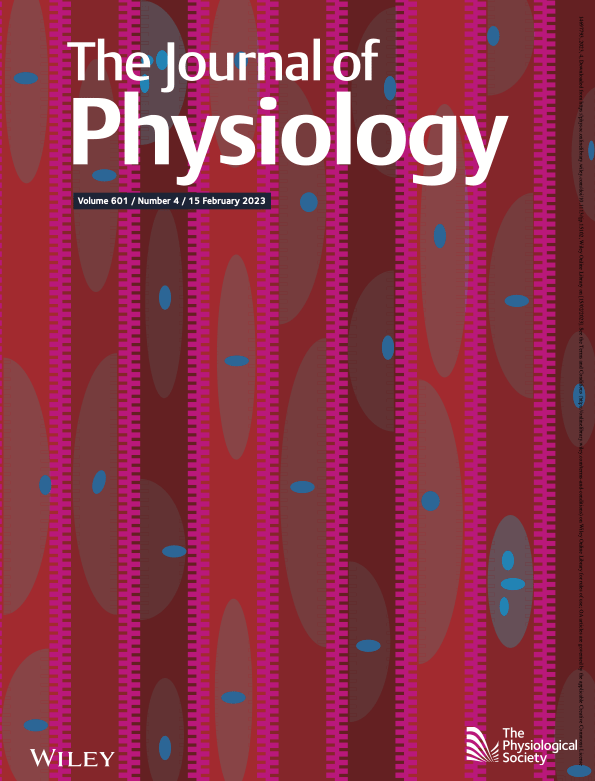
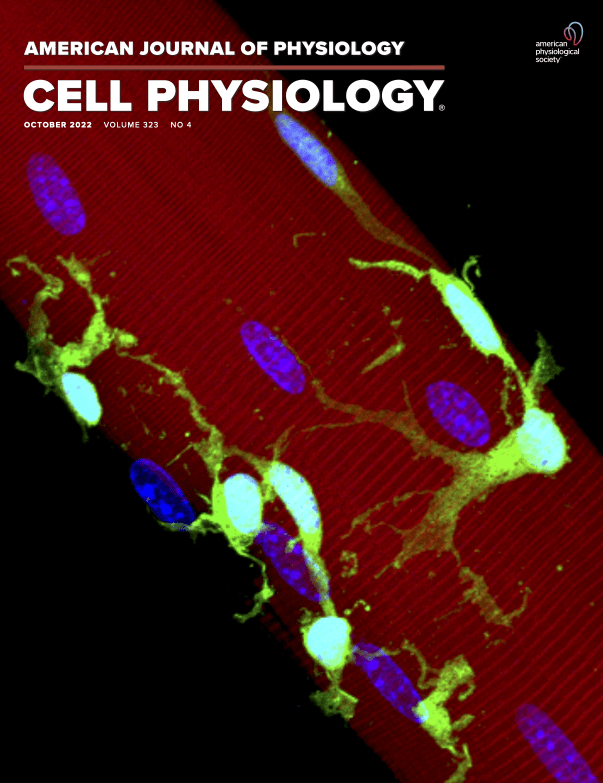
Cover image for: Brightwell CR, Latham CM, Thomas NT, Keeble AR, Murach KA, Fry CS. A glitch in the matrix: the pivotal role for extracellular matrix remodeling during muscle hypertrophy. Am J Physiol Cell Physiol. 2022 Sep 1;323(3):C763-C771. doi: 10.1152/ajpcell.00200.2022.
Cover image for: Dungan CM, Brightwell C, Wen Y, Zdunek CJ, Latham C, Thomas NT, Zagzoog AM, Brightwell BD, VonLehmden GL, Keeble AR, Watowich SJ, Murach KA, Fry CS. Muscle-specific cellular and molecular adaptations to late-life voluntary concurrent exercise. Function. 2022. zqac027.
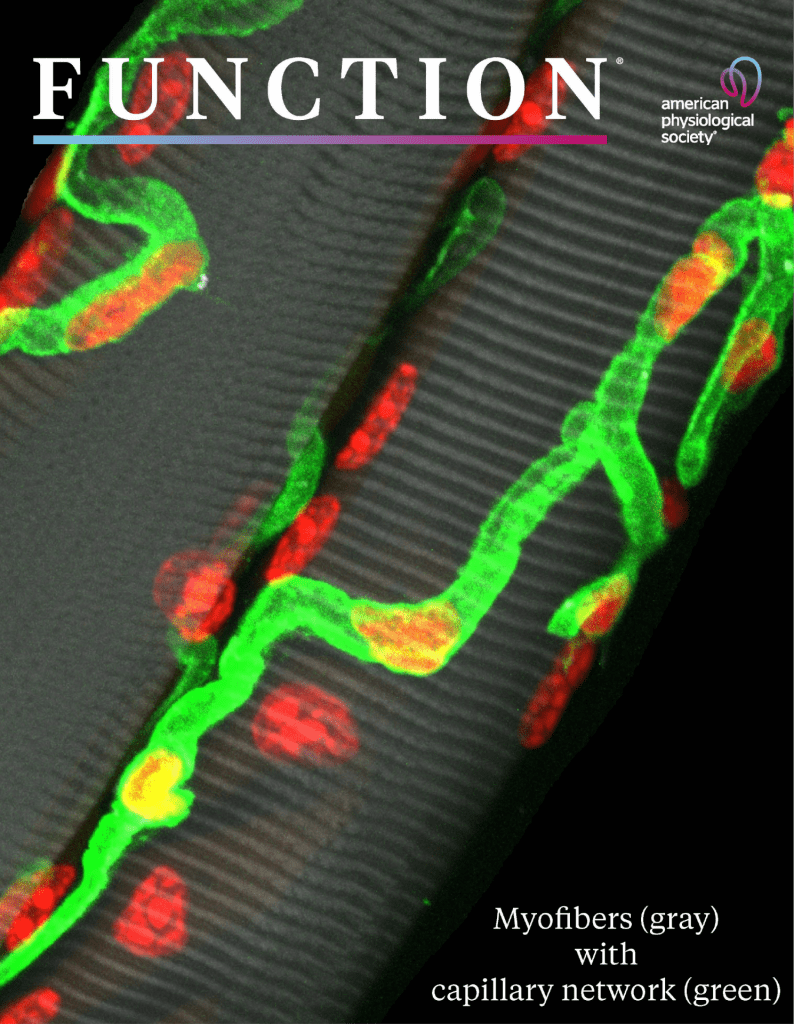
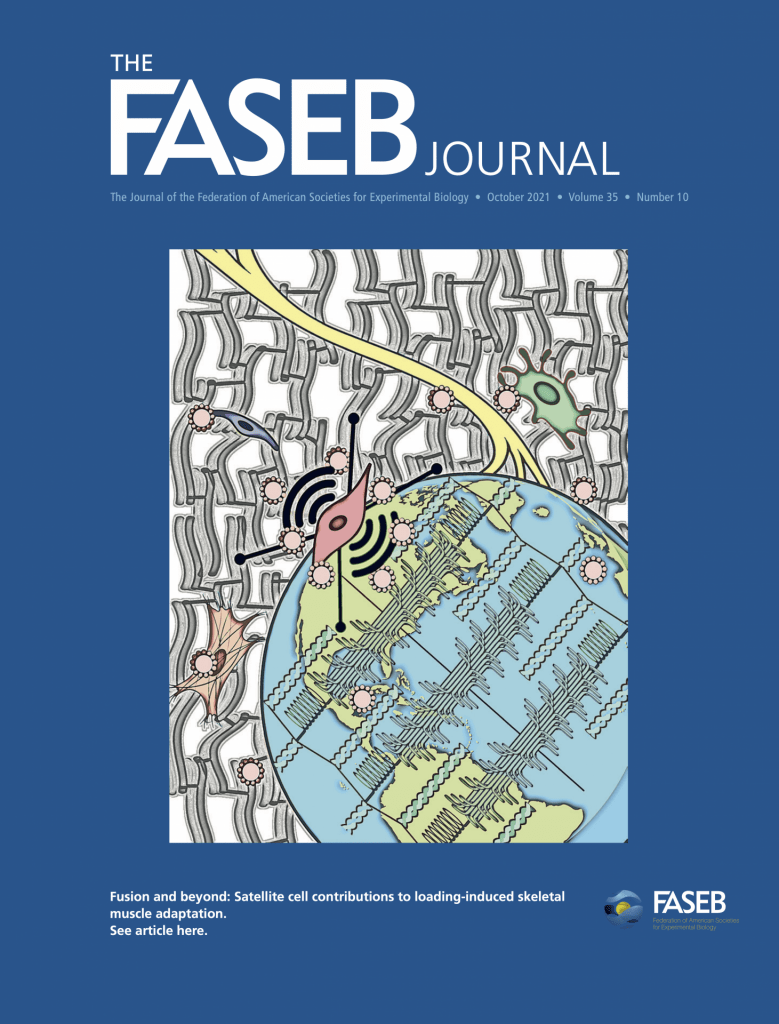
Cover image for: Murach KA, Fry CS, Dupont-Versteegden EE, McCarthy JJ, Peterson CA. Fusion and beyond: Satellite cell contributions to loading-induced skeletal muscle adaptation. FASEB J. 2021 Oct;35(10):e21893. doi: 10.1096/fj.202101096R. Review. PubMed PMID: 34480776.
“The primary muscle stem cell, the satellite cell, was discovered in 1961 and named for its anatomical location, on the periphery of the muscle fiber as if orbiting like a satellite. Sixty years later, that name has proven fortuitous, as satellite cells have emerged as key communicative cells in muscle. In addition to their important role as donors of nuclei to muscle fibers through fusion, satellite cells relay signals throughout muscle during exercise to coordinate remodeling and maximize adaptation. The next 60 years promise to provide exciting new information on how satellite cells contribute to muscle via fusion and beyond.”
Cover image for the article: Wen Y, Dungan CM, Mobley CB, Valentino T, von Walden F, Murach KA. Nucleus Type-Specific DNA Methylomics Reveals Epigenetic “Memory” of Prior Adaptation in Skeletal Muscle. Function. 2021 Aug 5.
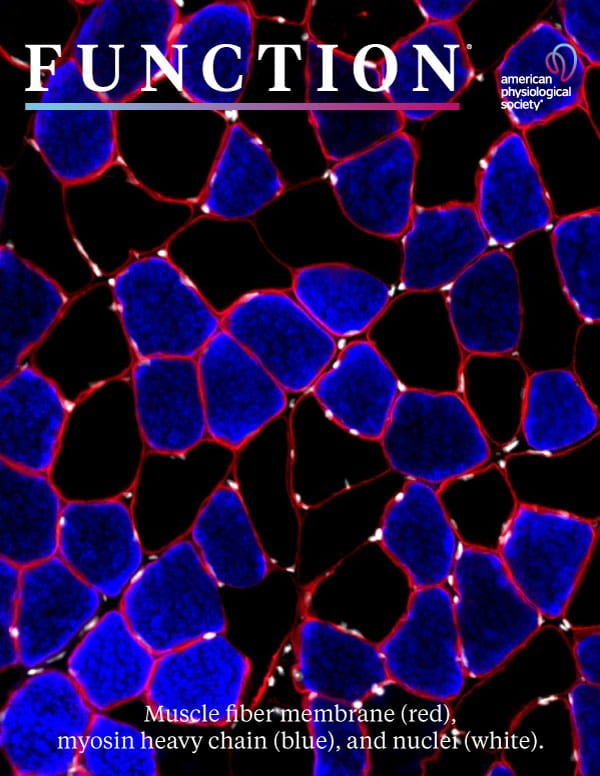
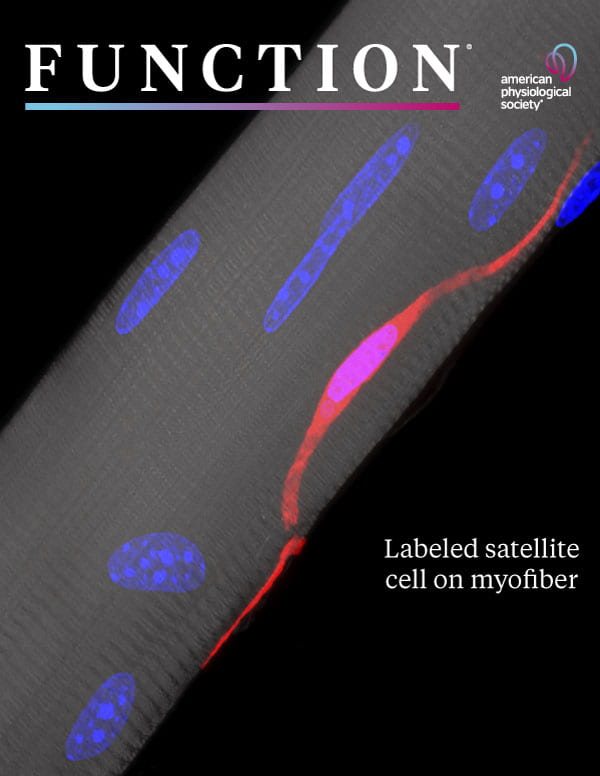
Cover image for the article: Murach KA, Vechetti IJ Jr, Van Pelt DW, Crow SE, Dungan CM, Figueiredo VC, Kosmac K, Fu X, Richards CI, Fry CS, McCarthy JJ, Peterson CA. Fusion-Independent Satellite Cell Communication to Muscle Fibers During Load-Induced Hypertrophy. Function (Oxf). 2020;1(1):zqaa009. doi: 10.1093/function/zqaa009. Epub 2020 Jul 6. PubMed PMID: 32864621; PubMed Central PMCID: PMC7448100.
Image of the week from the American Physiological Society for the article: Murach KA, Dungan CM, Kosmac K, Voigt TB, Tourville TW, Miller MS, Bamman MM, Peterson CA, Toth MJ. Fiber typing human skeletal muscle with fluorescent immunohistochemistry. J Appl Physiol (1985). 2019 Dec 1;127(6):1632-1639. doi: 10.1152/japplphysiol.00624.2019. Epub 2019 Nov 7. Review. PubMed PMID: 31697594; PubMed Central PMCID: PMC6957370.
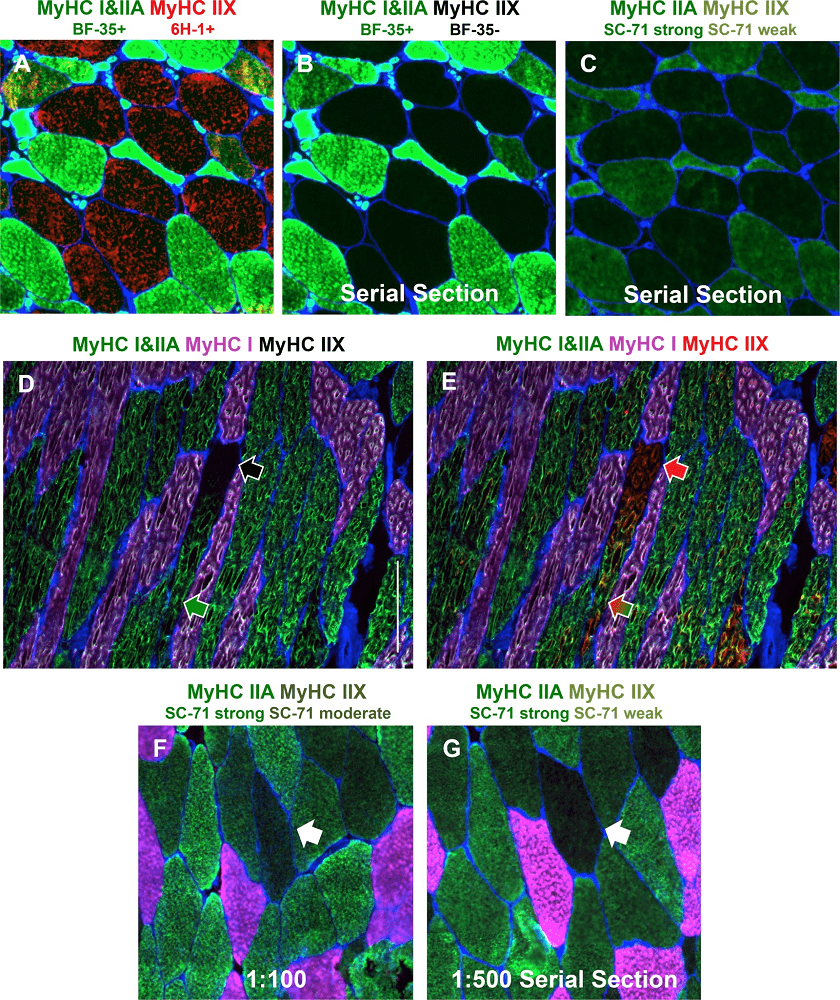
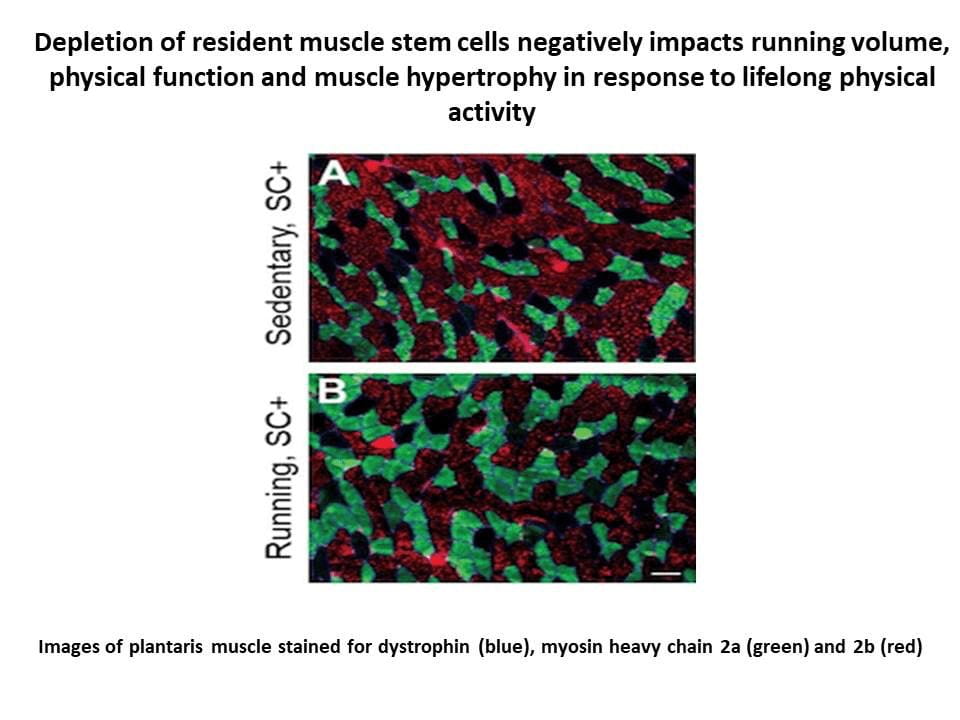
Image of the week from the American Physiological Society for the article: Englund DA, Murach KA, Dungan CM, Figueiredo VC, Vechetti IJ Jr, Dupont-Versteegden EE, McCarthy JJ, Peterson CA. Depletion of resident muscle stem cells negatively impacts running volume, physical function, and muscle fiber hypertrophy in response to lifelong physical activity. Am J Physiol Cell Physiol. 2020 Jun 1;318(6):C1178-C1188. doi: 10.1152/ajpcell.00090.2020. Epub 2020 Apr 22. PubMed PMID: 32320286; PubMed Central PMCID: PMC7311742.
Image of the week from the American Physiological Society for the article: Dungan CM, Murach KA, Frick KK, Jones SR, Crow SE, Englund DA, Vechetti IJ Jr, Figueiredo VC, Levitan BM, Satin J, McCarthy JJ, Peterson CA. Elevated myonuclear density during skeletal muscle hypertrophy in response to training is reversed during detraining. Am J Physiol Cell Physiol. 2019 May 1;316(5):C649-C654. doi: 10.1152/ajpcell.00050.2019. Epub 2019 Mar 6. PubMed PMID: 30840493; PubMed Central PMCID: PMC6580158.
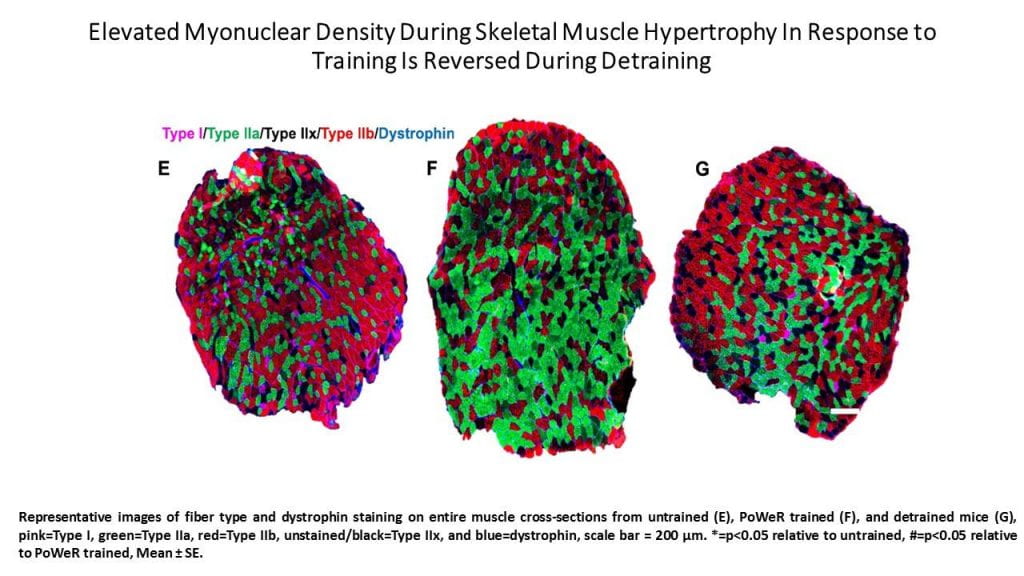
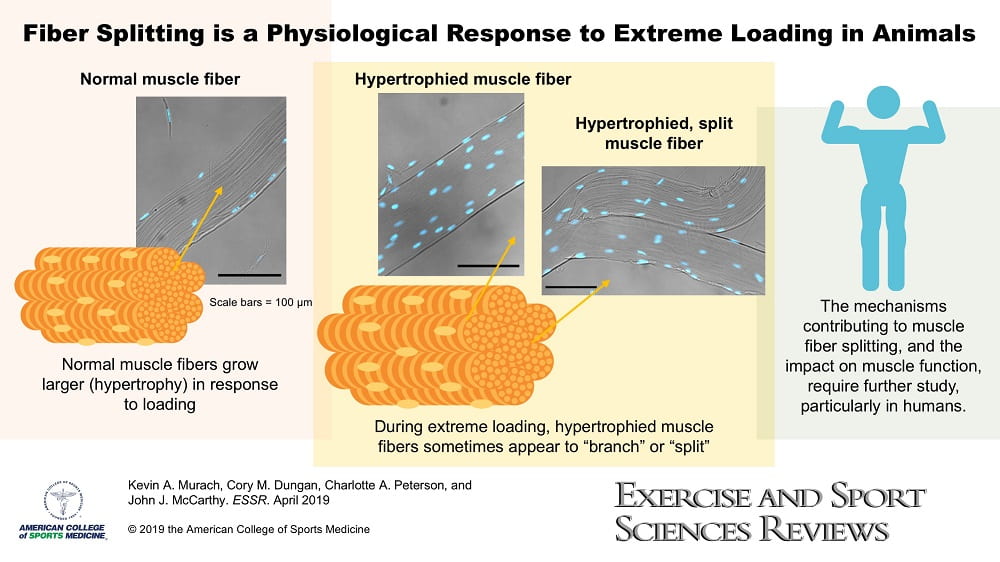
Featured graphical summary figure from the article: Murach KA, Dungan CM, Peterson CA, McCarthy JJ. Muscle Fiber Splitting Is a Physiological Response to Extreme Loading in Animals. Exerc Sport Sci Rev. 2019 Apr;47(2):108-115. doi: 10.1249/JES.0000000000000181. Review. PubMed PMID: 30640746; PubMed Central PMCID: PMC6422761.
2017 FASEB BioArt Competition Winner: Kevin A. Murach, John J. McCarthy and Charlotte A. Peterson. It also was the Jan. 16, 2018, Image of the Day in the September 2018 issue of The Scientist.
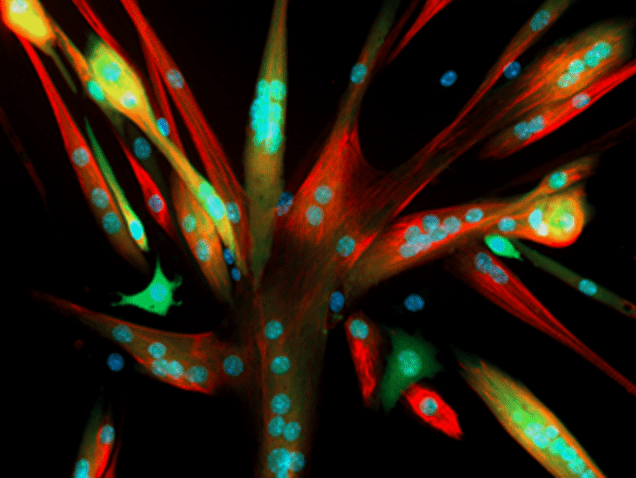
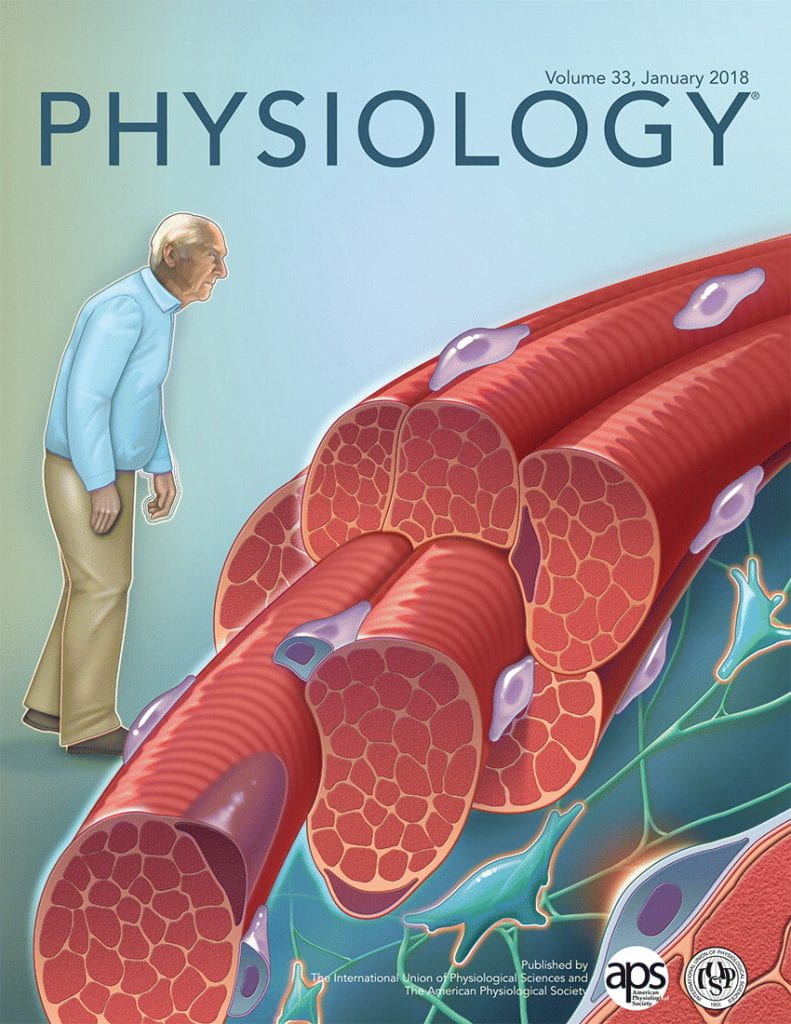
Cover image for the article: Murach KA, Fry CS, Kirby TJ, Jackson JR, Lee JD, White SH, Dupont-Versteegden EE, McCarthy JJ, Peterson CA. Starring or Supporting Role? Satellite Cells and Skeletal Muscle Fiber Size Regulation. Physiology (Bethesda). 2018 Jan 1;33(1):26-38. doi: 10.1152/physiol.00019.2017. Review. PubMed PMID: 29212890; PubMed Central PMCID: PMC5866409.
Cover image for the article: Murach KA, Confides AL, Ho A, Jackson JR, Ghazala LS, Peterson CA, Dupont-Versteegden EE. Depletion of Pax7+ satellite cells does not affect diaphragm adaptations to running in young or aged mice. J Physiol. 2017 Oct 1;595(19):6299-6311. doi: 10.1113/JP274611. Epub 2017 Aug 14. PubMed PMID: 28736900; PubMed Central PMCID: PMC5621498.
